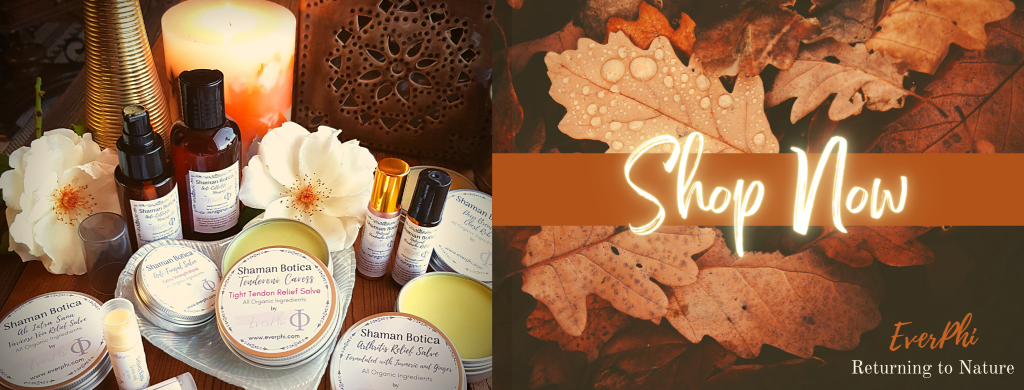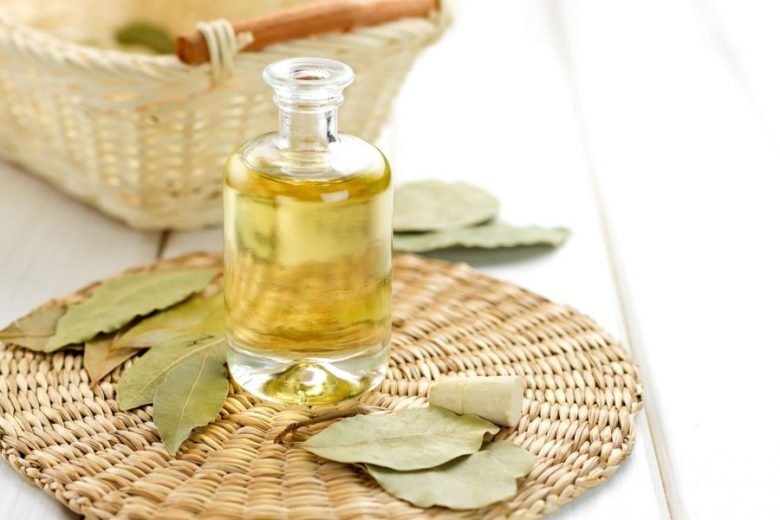
Laurel essential oil is a clear or pale yellow substance extracted by distillation of the leaves of Laurus nobilis L. tree, belonging to the Lauraceae family.
It has a top to mid fragrance note and its aroma is sweet, fresh, slightly minty and camphoraceous.
Normally, the essential oil of laurel blends well with: peppermint, lemon, orange, frankincense, ginger, clove, ylang ylang, rose, pine, lavender, thyme, Eucalyptus globulus or E. radiata, birch, wintergreen, rosemary, niaouli, cedarwood, bergamot, clary sage, coriander, cistus, inula, grapefruit, cypress, saro, juniper berry and cinnamon essential oils.
In ancient times, the plant named as “Daphne” was defined as Laurus nobilis by Goodyer in 1655.
L. nobilis, commonly known as bay, sweet bay and laurel, is an evergreen tree native to the Mediterranean region especially in Turkey, Greece, Spain, Italy and France.
Laurus nobilis L. is a plant belonging to the Lauraceae family, which comprises approximately 2500 species. The genus Laurus is found in Europe and consists of the two species Laurus azorica and Laurus nobilis.
The aforementioned tree grows between 3-10 m in height and possesses yellow flowers. Its leaves, which are not shed during winter, are 5-10 cm long, 2-5 cm wide, and green in color. The fruits are small and olive-like.
Its leaves, which have been used as a spice since antiquity, primarily because of its essential oil content, are harvested principally in Turkey from wild growing plants.
Dried laurel leaves and their essential oil are widely used as flavor enhancers for foods such as meats, soups, sauces, confectionery and fish.
The leaves of L. nobilis are traditionally used orally to treat the symptoms of gastrointestinal problems, such as epigastric bloating and flatulence.
Also, it have been used, in Iranian folk medicine, to treat epilepsy, neuralgia, and parkinsonism. Besides, leaves of L. nobilis are widely used in the past to treat rheumatism in European folk medicine.
Likewise, the aqueous extract is used in Turkish folk medicine as an anti-hemorrhoidal, anti-rheumatic, diuretic, as an antidote in snakebites, for the treatment of stomachache and diuretic.
More recently, they have been used in the treatment of diabetes and migraines.
Additionally, it is known that the essential oil of laurel is widely used in the perfume and soap industries, as well as in drugs.

The main active components of laurel oil include: 1,8 cineole (31.9-68.82%), sabinene (3.32-12.2%) trans-sabinene hydrate (10.2%), ⍺-pinene (3.39-5.8%), β-pinene (3.6%), -terpinene (1%), ⍺-terpinyl acetate (5.9-9.0%), isopulegol (2.5%), linalool (3.8%), ⍺-terpineol (3.3-4.7%), eugenol (1.6%) and other components at less then 1%.
The essential oil of laurel has analgesic, antibacterial, antifungal, antimicrobial, antioxidant, antiseptic, antispasmodic, antitumoral, anticarcinogenic, antiviral, antiparasitic, expectorant, immune modulatory, anti-inflammatory, mucolytic, neurotonic and stimulant therapeutic properties.
Among the most common uses of Laurus nobilis oil are:
Anticholinergic drugs inhibit the transmission of parasympathetic nerve impulses, thereby reducing spasms of smooth muscles (for example, muscles in the bladder).
Side effects of anticholinergic medications include dry mouth and related dental problems, blurred vision, tendency toward overheating (hyperpyrexia), and in some cases, dementia-like symptoms.
Essential oil, ethanolic extract and decoction of Laurus nobilis were analyzed for their activity towards acetylcholinesterase (AChE) enzyme. The research showed AChE inhibitory capacity higher than 50% in the essential oil fraction. It also showed a high inhibition value of AChE in the ethanolic fraction 64%.
These results suggest that laurel essential oil could be an excellent alternative to conventional medications, and without side effects.
Ozcan et al. (2010), determined the potential antioxidant activity of the essential oil and methanolic extract of seed oil from Laurus nobilis by employing DPPH free radical scavenging and β-carotene/linoleic acid test systems.
In both test systems the essential oil and the methanolic extract of seed oil of L. nobilis exhibited antioxidant properties.
The essential oil of Laurus nobilis was evaluated for anticonvulsant activity against experimental seizures.
The essential oil protected mice against tonic induced seizures, especially by pentylenetetrazole.
At anticonvulsant doses, the essential oil produced sedation and motor impairment. This effect can be due to components such as methyleugenol, eugenol and pinene present in laurel essential oil.
Essential oils extracted from the seeds of fresh foliage of laurel Laurus nobilis Linn. were tested for their repellent activity against the adult females of Culexpipiens, usually the most common pest mosquito in urban and suburban. The essential oils showed repellent activity.
Laurel essential oil displayed antimicrobial activity against Staphylococcus aureus, Escherichia coli and Salmonella typhimurium.
The antimicrobial activity of the essential oil was tested against a panel of foodspoiling bacteria and one yeast strain.
The minimum inhibitory concentration values for food-spoiling bacteria and yeast strain that were sensitive to L. nobilis essential oil ranged from 125-2000 μg/ml.
E. coli, Candida albicans, Salmonella enteritidis and L. monocytogenes had MIC values of 125, 250 and 500 g/ml, respectively and were most sensitive to Laurus nobilis.

Hassiotis (2010), investigated the influence of aromatic L. nobilis on the development of two mycorrhizal species, Glomus deserticola and Glomus intraradices.
Both mycorrhizal fungi colonized successfully the host plants, positively influencing their growth. G. deserticola presented higher infection level than G. intraradices.
Addition of L. nobilis oil into substrates resulted in mycorrhiza inhibition, and the level of inhibition was analogous with the amount of added essential oil. The fungi were benefited by the aromatic compounds up to 15 mg of essential oil per liter of soil.
However 30 and 60 mg/l of essential oil were able to create significant inhibition in mycorrhiza development and to restrict the host growth.
In other research, the potential of L. nobilis essential oils against species belonging to Eurotium, Aspergillus and Penicillium genus was demonstrated.
Biological assays showed that fungitoxicity against Fusarium moniliforme, Rhizoctonia solani, Sclerotinia sclerotiorum and Phytophthora capsici was due to different concentrations of the phenolic fraction in the essential oils.
The growth inhibitory effects of the fresh and stored laurel essential oil on five human cancer lines were examined.
The fresh essential oil exhibited maximum growth inhibitory effects on all cell lines, more than stored essential oil.
Among the cancer cell lines: breast cell line and lung cell line both exhibited same effect of bay leaf essential oil (IC50 value of 0.8 μg/ml), followed by brain cancer cell line with an IC50 value of 0.9 μg/ml.
Cervix cell line exhibited lowest sensitivity to essential oil (IC50 value of 1.8 μg/ml) (El-Sawi et al. 2009).
In vitro cytotoxic activity of three different extracts of leaves of bay was evaluated against human peripheral blood mononuclear cells and three human cancer cell lines (Lung, Breast and Colon) by sulforhodamine B assay.
Methanol extract rich in phenols, flavonols and flavonoids was found to be significantly more active and potent against all the cancer cell lines as compared to petroleum ether and aqueous extract of bay leaves, but all three crude extracts lack cytotoxic effects on normal human cells.
An α-glucosidase inhibition assay was applied to evaluate the in-vitro antidiabetic activity of laurel essential oil.
The study found, that laurel essential oil and its 1,8-cineole content inhibited the α-glucosidase competitively.
Generally, good quality oils, that is, 100% pure, therapeutic grade and not mixed with other substances, can be found in specialized natural herb stores.